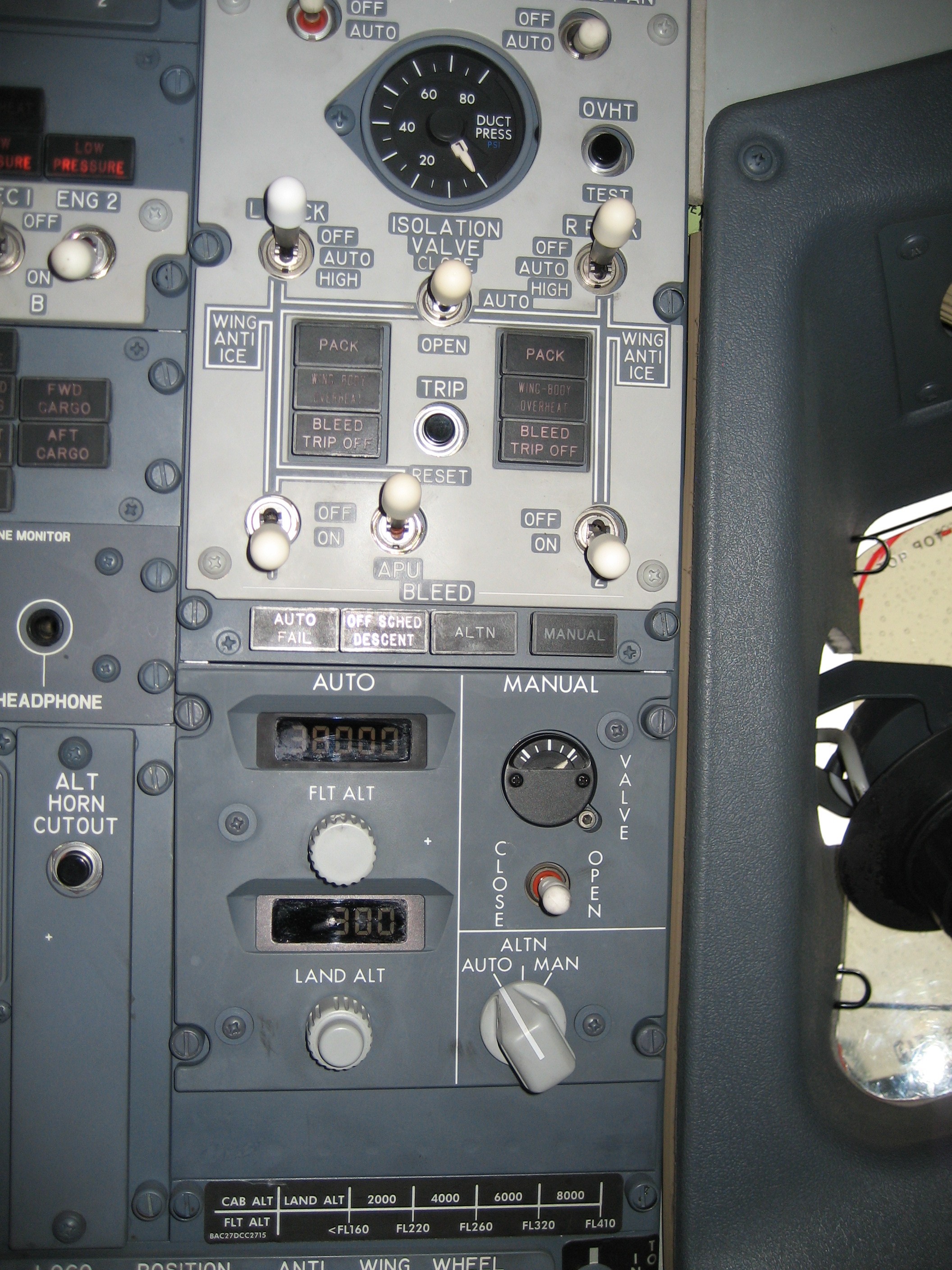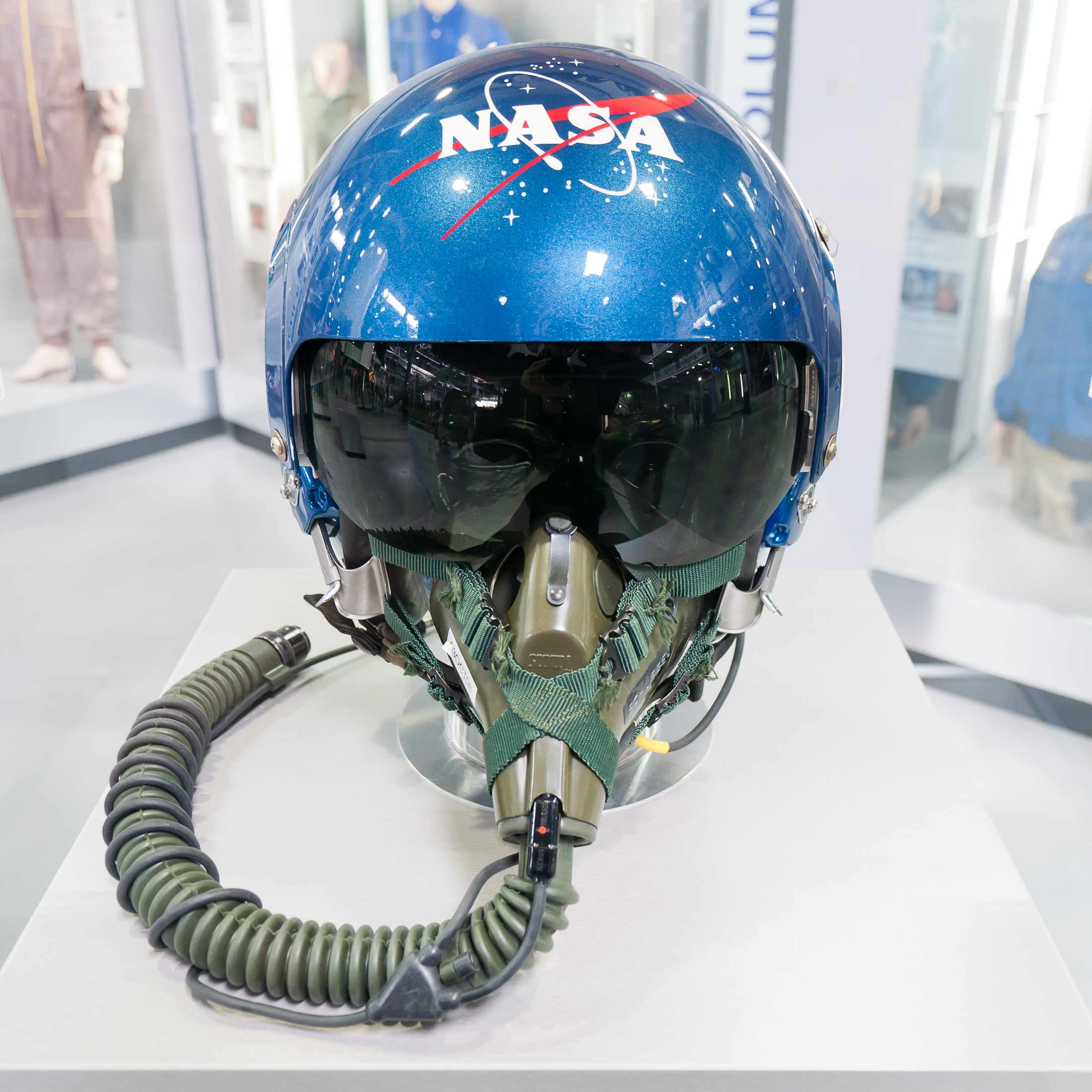|
Oxygen Masks
An oxygen mask provides a method to transfer breathing oxygen gas from a storage tank to the lungs. Oxygen masks may cover only the nose and mouth (oral nasal mask) or the entire face (full-face mask). They may be made of plastic, silicone, or rubber. In certain circumstances, oxygen may be delivered via a nasal cannula instead of a mask. Medical plastic oxygen masks Medical plastic oxygen masks are used primarily by medical care providers for oxygen therapy because they are disposable and so reduce cleaning costs and infection risks. Mask design can determine accuracy of oxygen delivered with many various medical situations requiring treatment with oxygen. Oxygen is naturally occurring in room air at 21% and higher percentages are often essential in medical treatment. Oxygen in these higher percentages is classified as a drug with too much oxygen being potentially harmful to a patient's health, resulting in oxygen dependence over time, and in extreme circumstances patient blindn ... [...More Info...] [...Related Items...] OR: [Wikipedia] [Google] [Baidu] |
Simple Face Mask
The simple face mask (SFM) is a basic disposable mask, made of clear plastic, to provide oxygen therapy for patients who are experiencing conditions such as chest pain (possible heart attacks), dizziness, and minor hemorrhages. This mask is only meant for patients who are able to breathe on their own, but who may require a higher oxygen concentration than the 21% concentration found in ambient air. Patients who are unable to breathe on their own are placed on a medical ventilator instead. The simple face mask can deliver higher flow rates than nasal cannula (6–10 liters per minute) for an FiO2 of 40–60% oxygen. Nasal cannula and simple face masks are described as low flow delivery systems. Unlike the non-rebreather and partial rebreather masks, the simple face mask lacks a reservoir bag. It also has holes in the mask instead of the non-rebreather's one-way valves, so ambient air can enter the mask. This feature eliminates the danger of suffocation present if a mask with one ... [...More Info...] [...Related Items...] OR: [Wikipedia] [Google] [Baidu] |
Enthalpy Of Vaporization
The enthalpy of vaporization (symbol ), also known as the (latent) heat of vaporization or heat of evaporation, is the amount of energy (enthalpy) that must be added to a liquid substance to transform a quantity of that substance into a gas. The enthalpy of vaporization is a function of the pressure at which that transformation takes place. The enthalpy of vaporization is often quoted for the normal boiling temperature of the substance. Although tabulated values are usually corrected to 298 K, that correction is often smaller than the uncertainty in the measured value. The heat of vaporization is temperature-dependent, though a constant heat of vaporization can be assumed for small temperature ranges and for reduced temperature T_r \ll 1. The heat of vaporization diminishes with increasing temperature and it vanishes completely at a certain point called the critical temperature (T_r = 1). Above the critical temperature, the liquid and vapor phases are indistinguishabl ... [...More Info...] [...Related Items...] OR: [Wikipedia] [Google] [Baidu] |
Cabin Pressurization
Cabin pressurization is a process in which conditioned air is pumped into the cabin of an aircraft or spacecraft in order to create a safe and comfortable environment for passengers and crew flying at high altitudes. For aircraft, this air is usually bled off from the gas turbine engines at the compressor stage, and for spacecraft, it is carried in high-pressure, often cryogenic, tanks. The air is cooled, humidified, and mixed with recirculated air if necessary before it is distributed to the cabin by one or more environmental control systems. The cabin pressure is regulated by the outflow valve. While the first experimental pressurization systems saw use during the 1920s and 1930s, it was not until 1940 that a commercial aircraft would enter service with a pressurized cabin, when the Boeing 307 Stratoliner joined the Transcontinental & Western Air and Pan American Airways fleets. The practice would become widespread a decade later, particularly with the introduction of the ... [...More Info...] [...Related Items...] OR: [Wikipedia] [Google] [Baidu] |
Hypoxia (medical)
Hypoxia is a condition in which the body or a region of the body is deprived of adequate oxygen supply at the tissue level. Hypoxia may be classified as either '' generalized'', affecting the whole body, or ''local'', affecting a region of the body. Although hypoxia is often a pathological condition, variations in arterial oxygen concentrations can be part of the normal physiology, for example, during strenuous physical exercise.. Hypoxia differs from hypoxemia and anoxemia, in that hypoxia refers to a state in which oxygen present in a tissue or the whole body is insufficient, whereas hypoxemia and anoxemia refer specifically to states that have low or no oxygen in the blood. Hypoxia in which there is complete absence of oxygen supply is referred to as anoxia. Hypoxia can be due to external causes, when the breathing gas is hypoxic, or internal causes, such as reduced effectiveness of gas transfer in the lungs, reduced capacity of the blood to carry oxygen, compromised general ... [...More Info...] [...Related Items...] OR: [Wikipedia] [Google] [Baidu] |
Cabin Pressurization
Cabin pressurization is a process in which conditioned air is pumped into the cabin of an aircraft or spacecraft in order to create a safe and comfortable environment for passengers and crew flying at high altitudes. For aircraft, this air is usually bled off from the gas turbine engines at the compressor stage, and for spacecraft, it is carried in high-pressure, often cryogenic, tanks. The air is cooled, humidified, and mixed with recirculated air if necessary before it is distributed to the cabin by one or more environmental control systems. The cabin pressure is regulated by the outflow valve. While the first experimental pressurization systems saw use during the 1920s and 1930s, it was not until 1940 that a commercial aircraft would enter service with a pressurized cabin, when the Boeing 307 Stratoliner joined the Transcontinental & Western Air and Pan American Airways fleets. The practice would become widespread a decade later, particularly with the introduction of the ... [...More Info...] [...Related Items...] OR: [Wikipedia] [Google] [Baidu] |
Commercial Aircraft
An airliner is a type of aircraft for transporting passengers and air cargo. Such aircraft are most often operated by airlines. Although the definition of an airliner can vary from country to country, an airliner is typically defined as an airplane intended for carrying multiple passengers or cargo in commercial service. The largest of them are wide-body jets which are also called twin-aisle because they generally have two separate aisles running from the front to the back of the passenger cabin. These are usually used for long-haul flights between airline hubs and major cities. A smaller, more common class of airliners is the narrow-body or single-aisle. These are generally used for short to medium-distance flights with fewer passengers than their wide-body counterparts. Regional airliners typically seat fewer than 100 passengers and may be powered by turbofans or turboprops. These airliners are the non- mainline counterparts to the larger aircraft operated by the major carri ... [...More Info...] [...Related Items...] OR: [Wikipedia] [Google] [Baidu] |
Passenger Oxygen Mask Dsc06035
A passenger (also abbreviated as pax) is a person who travels in a vehicle, but does not bear any responsibility for the tasks required for that vehicle to arrive at its destination or otherwise operate the vehicle, and is not a steward. The vehicles may be bicycles, buses, passenger trains, airliners, ships, ferryboats, and other methods of transportation. Crew members (if any), as well as the driver or pilot of the vehicle, are usually not considered to be passengers. For example, a flight attendant on an airline would not be considered a passenger while on duty and the same with those working in the kitchen or restaurant on board a ship as well as cleaning staff, but an employee riding in a company car being driven by another person would be considered a passenger, even if the car was being driven on company business. Railways In railway parlance, passenger, as well as being the end user of a service, is also a categorisation of the type of rolling stock used.Simmons, J ... [...More Info...] [...Related Items...] OR: [Wikipedia] [Google] [Baidu] |
Altitude Chamber
A hypobaric chamber, or altitude chamber, is a chamber used during aerospace or high terrestrial altitude research or training to simulate the effects of high altitude on the human body, especially hypoxia (low oxygen) and hypobaria (low ambient air pressure). Some chambers also control for temperature and relative humidity. Procedure One or more subjects (usually, pilots or crew members, though anyone interested in the effects of high altitude can usually arrange a visit) are placed in the chamber. Before "ascending" to the desired altitude, subjects breathe oxygen from oxygen masks to purge nitrogen from their bloodstream so decompression sickness (DCS) does not occur. With masks in place, the atmospheric pressure inside the chamber is then reduced to simulate altitudes of up to tens of thousands of feet. The subjects then remove their oxygen masks and experience the symptoms of hypoxia. An inside safety observer, breathing oxygen by mask, should always be present to place ... [...More Info...] [...Related Items...] OR: [Wikipedia] [Google] [Baidu] |
Aviators
An aircraft pilot or aviator is a person who controls the flight of an aircraft by operating its directional flight controls. Some other aircrew members, such as navigators or flight engineers, are also considered aviators, because they are involved in operating the aircraft's navigation and engine systems. Other aircrew members, such as drone operators, flight attendants, mechanics and ground crew, are not classified as aviators. In recognition of the pilots' qualifications and responsibilities, most militaries and many airlines worldwide award aviator badges to their pilots. History The first recorded use of the term ''aviator'' (''aviateur'' in French) was in 1887, as a variation of ''aviation'', from the Latin ''avis'' (meaning ''bird''), coined in 1863 by in ''Aviation Ou Navigation Aérienne'' ("Aviation or Air Navigation"). The term ''aviatrix'' (''aviatrice'' in French), now archaic, was formerly used for a female aviator. These terms were used more in the earl ... [...More Info...] [...Related Items...] OR: [Wikipedia] [Google] [Baidu] |
Flight Helmet
A flight helmet, sometimes referred to as a "bone dome" or "foam dome", is a special type of helmet primarily worn by military aircrew. A flight helmet can provide:Aerospace International (magazine), March 2011, pages 26–29 * Impact protection to reduce the risk of head injury (e.g. in the event of a parachute landing) and protection from wind blast (e.g. in the event of ejection). * A visor to shield the eyes from sunlight, flash and laser beams. * Noise attenuation, headphones and a microphone (except when included in a mask). * A helmet mounted display, mounting for night vision goggles and/or a helmet tracking system (so the aircraft knows where the pilot is looking). The design of a flight helmet may also consider: * Comfort – including the weight, centre of gravity and provision for cooling and ventilation. * Compatibility with an oxygen mask (for high-altitude flight and NBC protection). History of flight helmets In the first days of aviation, the leather helmets use ... [...More Info...] [...Related Items...] OR: [Wikipedia] [Google] [Baidu] |
Pressure Suit
A pressure suit is a protective suit worn by high-altitude pilots who may fly at altitudes where the air pressure is too low for an unprotected person to survive, even breathing pure oxygen at positive pressure. Such suits may be either full-pressure (e.g., a space suit) or partial-pressure (as used by aircrew). Partial-pressure suits work by providing mechanical counter-pressure to assist breathing at altitude. Background The region from sea level to around is known as the physiological-efficient zone. Oxygen levels are usually high enough for humans to function without supplemental oxygen and decompression sickness is rare. The physiological-deficient zone extends from to about . There is an increased risk of problems such as hypoxia, trapped-gas dysbarism (where gas trapped in the body expands), and evolved-gas dysbarism (where dissolved gases such as nitrogen may form in the tissues, i.e. decompression sickness). Above approximately oxygen-rich breathing mixture is req ... [...More Info...] [...Related Items...] OR: [Wikipedia] [Google] [Baidu] |
Parachute
A parachute is a device used to slow the motion of an object through an atmosphere by creating drag or, in a ram-air parachute, aerodynamic lift. A major application is to support people, for recreation or as a safety device for aviators, who can exit from an aircraft at height and descend safely to earth. A parachute is usually made of a light, strong fabric. Early parachutes were made of silk. The most common fabric today is nylon. A parachute's canopy is typically dome-shaped, but some are rectangles, inverted domes, and other shapes. A variety of loads are attached to parachutes, including people, food, equipment, space capsules, and bombs. History Middle Ages In 852, in Córdoba, Spain, the Moorish man Armen Firman attempted unsuccessfully to fly by jumping from a tower while wearing a large cloak. It was recorded that "there was enough air in the folds of his cloak to prevent great injury when he reached the ground." Early Renaissance The earliest evidence f ... [...More Info...] [...Related Items...] OR: [Wikipedia] [Google] [Baidu] |



.jpg)



